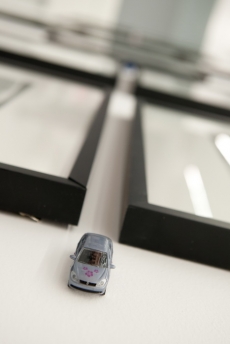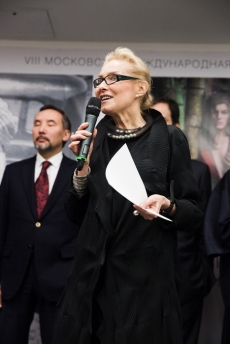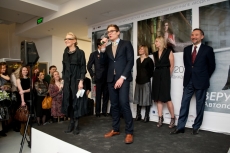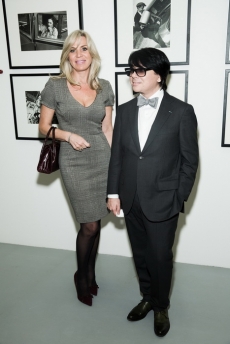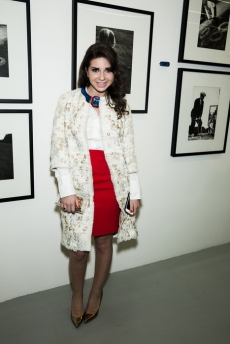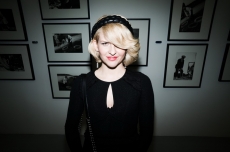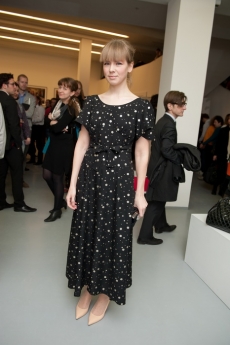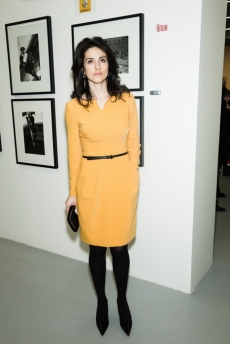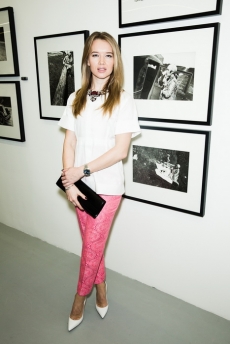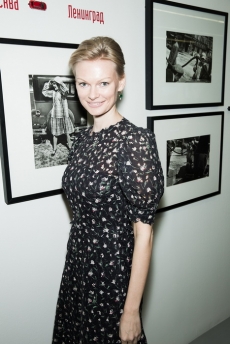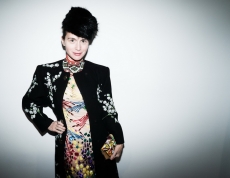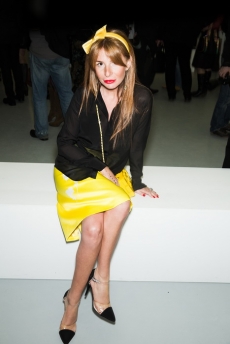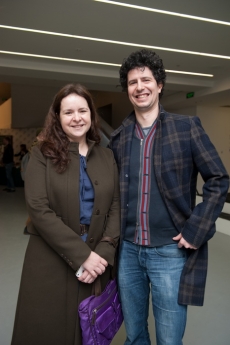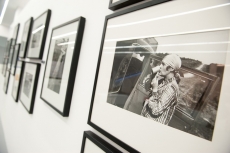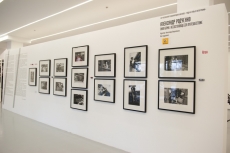Lilya Brick. The Journey That Never Happened
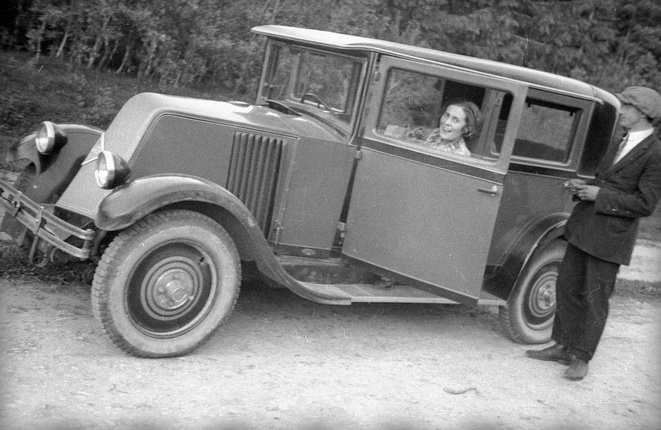
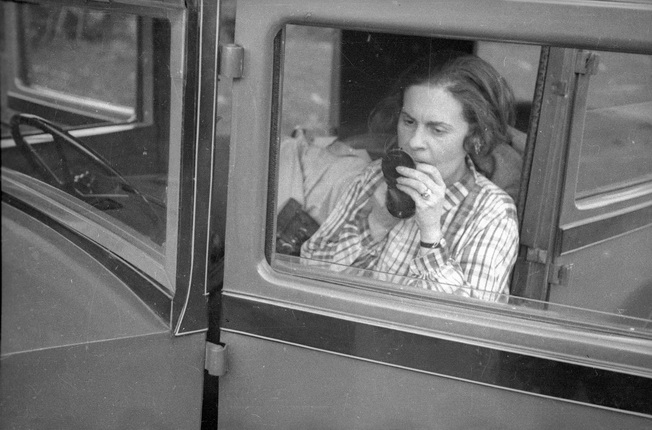
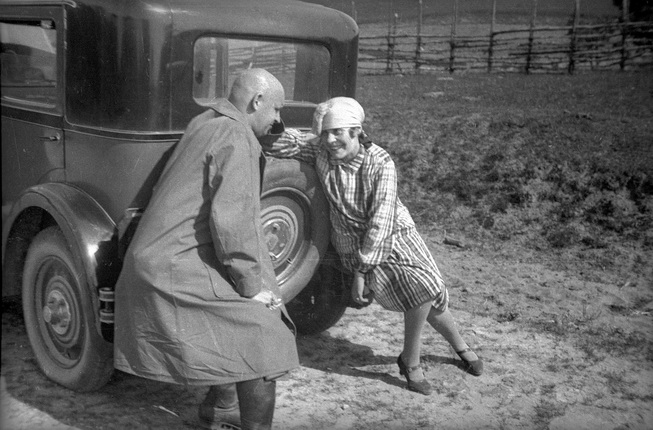
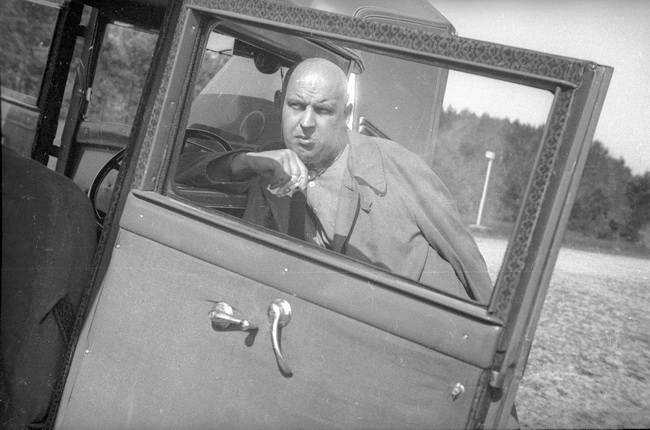
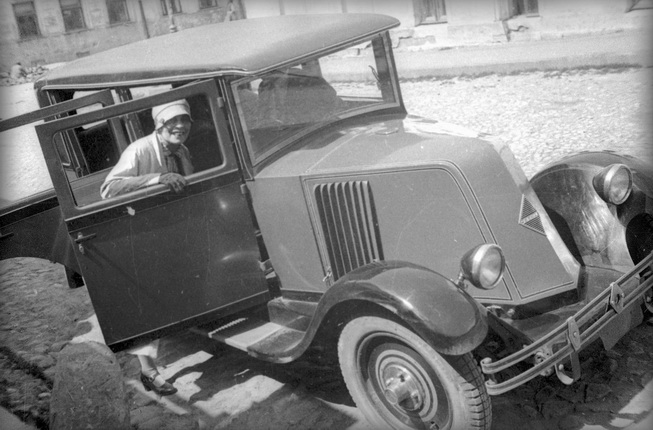
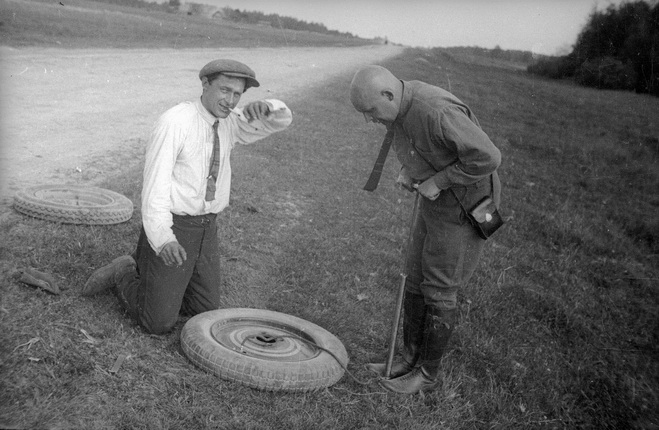

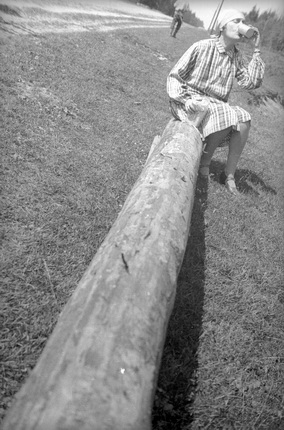
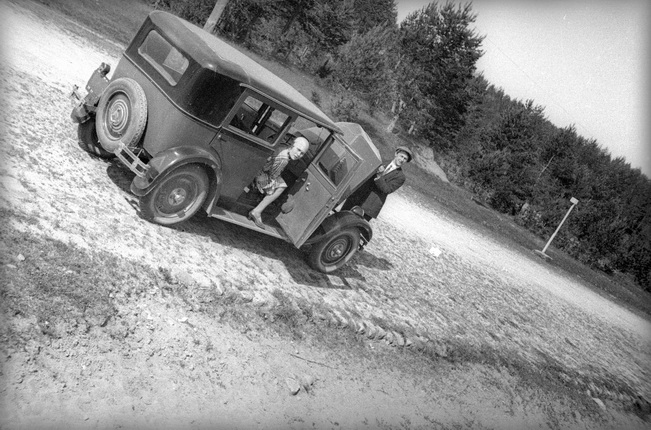
Alexander Rodchenko. From the series ‘Lilya Brick. Renault Moskva-Leningrad’. 1929
Alexander Rodchenko. From the series ‘Lilya Brick. Renault Moskva-Leningrad’. 1929
Alexander Rodchenko. From the series ‘Lilya Brick. Renault Moskva-Leningrad’. 1929
Alexander Rodchenko. From the series ‘Lilya Brick. Renault Moskva-Leningrad’. 1929
Alexander Rodchenko. From the series ‘Lilya Brick. Renault Moskva-Leningrad’. 1929
Alexander Rodchenko. From the series ‘Lilya Brick. Renault Moskva-Leningrad’. 1929
Alexander Rodchenko. From the series ‘Lilya Brick. Renault Moskva-Leningrad’. 1929
Alexander Rodchenko. From the series ‘Lilya Brick. Renault Moskva-Leningrad’. 1929
Alexander Rodchenko. From the series ‘Lilya Brick. Renault Moskva-Leningrad’. 1929
Share with friends
Curator: Alexandr Lavrentiev
Exhibition shedule
-
9.04.2013—5.05.2013
Moscow
Multimedia Art Museum
-
10.11.2016—29.01.2017
Kazan
Khazinе National Art Gallery
For the press
The ’Left’ creative elite of Moscow was eager to keep pace with the changing times. The film director Lev Kuleshov drove a motorcycle, then a car. His Ford sports car was transported to Moscow with active assistance from Mayakovsky. Constructivist filmmaker Alexei Gan rode a motorcycle with sidecar. In the late 1920s Varvara Stepanova regretted that she and Alexander Rodchenko had missed the opportunity to buy themselves at least a ‘small motorcycle’.
The Renault automobile that plays a leading role in Rodchenko’s 1929 photo series was brought back by Mayakovsky, after a trip to France. As a result Lilya Brik became one of the first motorists in Moscow.
Vladimir Mayakovsky had been determined to buy a car since the summer of 1928. He intended to set off on a voyage round the world, including America and Japan. But despite the backing provided by newspapers and publicity announcements, the journey never took place.
After successfully directing the film ‘The Glass Eye’, Lilya Brik longed to obtain her own motorcar. ‘Lev Kuleshov brought some catalogues from automobile manufacturers — Renault, Citroen and Ford; as it turned out, only the Renault was available, and actually I liked it best of all.’
Mayakovsky was granted permission to import a car before his journey to Berlin.
Before heading for Berlin on 8 October (and then Paris), he noted down the following instructions with regard to the car, among other requests from Lilya Brik:
‘Best close-topped — conduit intérieur — and with all the spare parts, two spare wheels and a trunk at the back.’ Driving gloves and ‘motoring outfits’ numbered among the accessories. This was followed by a list of automobile fixtures and fittings: an additional side light, windshield wipers, indicators to show the direction the car was turning, and a warm coverlet so the water never froze. Lilya favoured Buick or Renault. Most importantly, it should bear no resemblance to a taxi — Renaults had been used as Moscow taxis since 1925.
Lilya Brik began driving lessons.
From a letter to Lilya Brik that autumn, dated 20 October 1928:
‘Manufacturers used to build motorcars so they could buy paintings, now artists paint pictures so they can buy motorcars. For them an automobile is anything you like, except a means of transport. But it’s still an indispensable means of transport.’
Later he announced in a telegram sent on 11 November:
‘Buying superb grey Renault 6 CV 4 cylinders conduit intérieur arriving Moscow twelfth December.’
His letter of 12 November includes a sketch, with the commentary: ‘Superb auto, you know that anyway. Rough sketch of course, but I handed in the catalogue photo with my order and haven’t obtained another yet. I asked for grey, they said if they have time, otherwise dark blue.’
Mayakovsky counted on paying for the car with his fee from the play ‘The Bedbug’, which he had almost finished in Paris, and he was about to sign a contract with the Malik-Verlag publishers in Berlin and receive payment for his film screenplay ‘The Ideal and the Blanket’ for the director René Clair. The Renault NN2 was finally purchased for 20 thousand francs. Mayakovsky packed and dispatched everything himself. The car arrived in Moscow in January 1929. It was a four-seater sedan and had a light grey undersection with black wings and bonnet.
Mayakovsky rode in this car with the driver A.K. Afanasiev, or former taxi driver V.I. Gamazin. But each time he asked Lilya if she needed the car. Probably it was Afanasiev that set off on the automobile rally to Leningrad with Lilya and Rodchenko. In June 1929 Lilya Brik was issued with a driving licence.
‘Lilya Yurevna’s enthusiasm for the ‘Renoshka’ was unconditional and true to character. She sewed a special dress and suit for motoring, as well as ordering a hat and gloves from Paris.’
From Lilya Brik’s reminiscences:
‘Several times Rodchenko asked me to pose for photographs with the new car, but somehow it never worked out. Then Volodya persuaded me to have some photos taken with the ‘Renoshka’, so I rang Alexander Mikhailovich and told him I was planning to drive to Leningrad in the car. Although unable to accompany me as far as Leningrad, he was delighted at the opportunity to take some pictures. We took the photos in Moscow and first I wore one dress, then changed and drove to the petrol station on Zemlyanoi Val with him pointing the camera from the back seat, and so on... We agreed to drive about twenty versts with him taking photos, then he would return home while I continued the journey. But I didn’t get any further — it turned out the road was in a terrible state, then the car started sputtering, and I realised travelling so far alone would be boring and hazardous. In one of the photos I’m sitting on the footboard trying to make up my mind — should I drive on, or not? I decided to go back.
Volodya liked these prints and felt sorry the journey had never taken place and there hadn’t been more photographs. Later we dubbed the series ‘The Journey That Never Happened’.’
Lilya Brik describes the distance as 20 versts (about 13 miles), but judging from some of the images the travellers reached Tver, more than 150 versts away.
Among the prints given to Lilya Brik there are no dramatic moments involving inner tube repairs. Nor, in particular, the episode when Rodchenko actively helped pump up the tyres. He is obviously kitted in motoring gear — trousers with spats and a shirt with knitted tie. Beside him on the grass lies his Leica camera case.
Instead these photographs, seen by Mayakovsky too, feature many other memorable scenes from motoring history: refuelling; pouring water into the radiator; Lilya’s gloved hands on the wheel; and racing against a horse on an empty, gritted Leningrad highway. Arranged in sequence, the shots serve as a unique diary in photographs of a journey where motion is alternated with pauses, enforced waiting, or a picnic on the roadside. In this way Rodchenko recorded the everyday experiences of a motorist in the year 1929...
Alexander Lavrentiev

